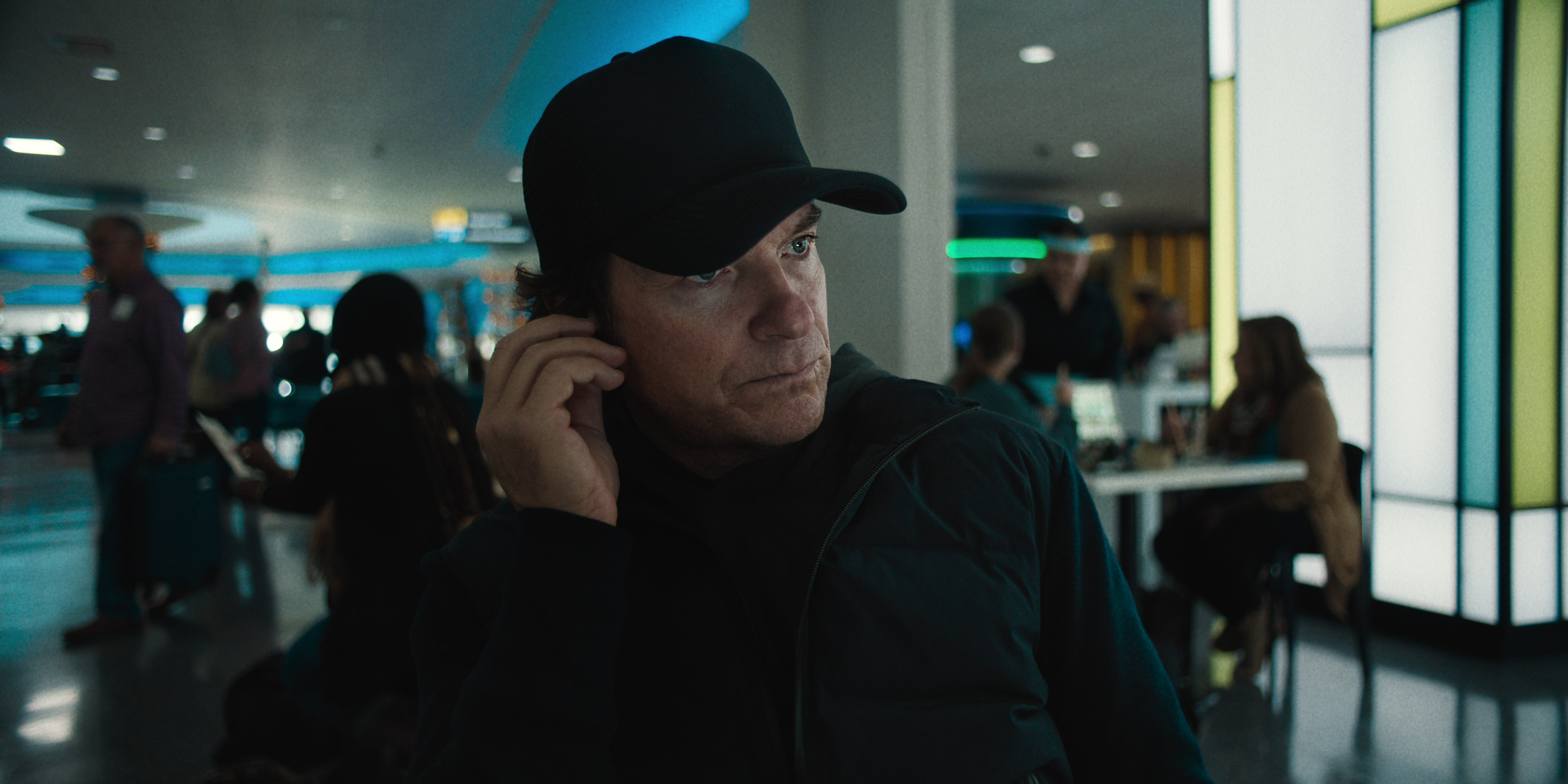Amazon workers strike outside the gates of an Amazon Fulfillment Center as Teamsters seek labor … [+]
Thousands of warehouse and delivery workers are participating in the largest strike against Amazon in U.S. history. Strikers at several facilities aim to bring attention to unfair labor practices (UPLs), such as Amazon’s industry leading injury rates, and force the E-commerce giant to come to the bargaining table.
The strike’s timing is strategic for warehouse workers and delivery drivers, who are unionizing with the Teamsters. Amazon package volumes spike during the holidays, or “peak season”, as do workplace injuries.
Gabriel Irizarry, a driver at DIL7 in Skokie, Illinois, stated, “They talk a big game about taking care of their workers, but when it comes down to it, Amazon does not respect us and our right to negotiate for better working conditions and wages. We can’t even afford to pay our bills.”
Teamsters General President Sean M. O’Brien noted, “If your package is delayed during the holidays, you can blame Amazon’s insatiable greed. We gave Amazon a clear deadline to come to the table and do right by our members. They ignored it.”
Sean O’Brien, General president of the International Brotherhood of Teamsters joins other Amazon … [+]
Teamsters Vs. Amazon
Amazon workers account for 36 percent of all warehouse employees in the U.S., but over 53 percent of warehouse injuries. Amazon has a workforce of over 700,000, making it the largest warehouse employer in the nation. The Teamsters, with over 1.3 million members, represent nearly 10,000 Amazon workers at ten facilities and have made organizing Amazon a priority.
Amazon generated over $36.9 billion in profits in 2023, and the company’s current market capitalization is over $2.39 trillion, an amount greater than the GDP of all but seven countries. Amazon’s founder, Jeff Bezos, is the second wealthiest person in the world, with a net worth of approximately $238.6 billion, according to . Current CEO Andy Jassy received nearly $30 million in total compensation in 2023, and has received over $300 million in total compensation since 2021.
Amazon fiercely opposes union organizing efforts, and uses tactics like delaying elections or having employees attend captive-audience meetings. Amazon recently spent over $17 million on union avoidance consultants, sometimes even hiring them directly as managers.
Teamsters have been organizing Amazon workers around the U.S. for the past year, but the recent surge in unionization dates back to 2020 and 2021, after an attempt by workers and RWDSU (Retail, Wholesale, Department Store Union) to organize a facility in Alabama. That campaign is still ongoing. Worker-led organizing at Amazon picked up steam after former Amazon supervisor Chris Smalls was fired early in the pandemic after expressing concerns about unsafe working conditions. Workers at his facility, JFK8 in Staten Island, organized to form the Amazon Labor Union. They recently affiliated with the Teamsters and are participating in the strike.
The striking Amazon facilities include JFK8 and DBK4 in New York City, DGT8 in Atlanta, DFX4, DAX5, and DAX8 in Southern California, DCK6 in San Francisco, DIL7 in Skokie, Illinois and the KSBD air hub in San Bernardino. KSBD is Amazon’s largest air hub on the West Coast. Over 1,000 workers from the facility have unionized with the Teamsters.
“We don’t want to be on the picket line this close to the holidays, but Amazon left us no other option,” said Ayden Huett, a worker at KSBD. “Amazon has shown time and again that they will not improve how they treat us unless we fight.”
Amazon workers and members of the International Brotherhood of Teamsters picket in front of the … [+]
According to Jake Wilson, Professor of Sociology at California State University, Long Beach and co-editor of The Cost of Free Shipping, “The Teamsters strike at Amazon delivery stations represents a critical escalation in challenging Amazon’s power over workers. Amazon has strategically built this massive delivery infrastructure on the backs of hundreds of thousands of non-union, misclassified, contracted Delivery Service Partners (DSPs). The Teamsters have rightly targeted Amazon’s delivery choke points in order to build momentum to force Amazon to take on the responsibility of being a joint-employer that is responsible for the safety and working conditions of these workers.”
Amazon’s Corporate Culture Of “Systemic Safety Failures”
A recent report from the Center for Urban Economic Development, University of Illinois, Chicago found that Amazon workers have by far the highest injury rate in their sector:
- 41% of workers report being injured while working at an Amazon warehouse.
- 51% at the company for more than three years have been injured.
- 69% have had to take unpaid time off due to pain or exhaustion.
- 52% feel burned out from their work at Amazon.
- 41% always/most of the time feel pressure to work faster.
A July report from the Senate’s Health, Education, Labor and Pensions Committee found that injury rates skyrocket during Prime Day and the holiday season, or more than 10 annual injuries per 100 workers, double the industry average. Amazon’s total injury rate amounts to 45 injuries per 100 full-time workers. So, if every day of the year was Prime Day or the holidays, nearly half of the Amazon workforce would be injured.
A more recent Senate committee investigation found that Amazon has a “corporate culture obsessed with speed and productivity… resulted in systemic safety failures and high rates of injury.” Amazon’s injury rate is also having a “significant and growing impact on the average injury rate for the entire warehouse sector.”
The Senate committee report concluded:
- Amazon manipulates its workplace injury data to portray its warehouses as safer than they actually are.
- Amazon imposes speed and productivity requirements on workers, commonly called “rates.” These requirements force workers to move at an extremely fast and often dangerous pace. To ensure compliance with the requirements, Amazon closely tracks workers’ movements throughout each shift. When workers cannot keep up, Amazon uses automated systems to initiate disciplinary procedures. These disciplinary procedures progress in severity and eventually result in termination.
- Amazon forces workers to move in unsafe ways and to repeat the same movements hundreds and thousands of times each shift, resulting in extremely high rates of musculoskeletal disorders.
- Although Amazon has safety procedures in place, the company’s required rates make those procedures nearly impossible to follow.
- Amazon’s failure to ensure safe working environments results in debilitating injuries.
- Amazon refuses to implement injury-reducing changes because of concerns those changes might reduce productivity.
- Amazon actively discourages injured workers from receiving outside medical care.
- Workers who need short-term or permanent workplace accommodations for work-related injuries and disabilities experience significant challenges obtaining appropriate accommodations.
- Amazon terminates workers injured in the company’s warehouses who are on approved medical leave.
- Amazon deflates the injury numbers it records for federal regulators.
Striking For Safety
Strikers are clear that organizing with the Teamsters will help them win safer working conditions. Some speak regularly with colleagues at Teamsters about what UPS’s contract, who they also organized. “It’s amazing what you hear that they have,” notes Rubie Wiggins, who works for an Amazon DSP. “When you see that UPS is less profitable than Amazon… you really want to tell Amazon, ‘Please take care of me like that.’”
The Teamsters, including President Sean M. O’Brien, take these injury rates seriously. “The Teamsters are done asking nicely for Amazon to stop breaking the law. Amazon must commit to come to the table and bargain a Teamsters contract with its workers — or face the consequences of its inaction. Thousands of Amazon workers around the country have courageously united to take on one of the world’s most abusive employers. Amazon has a legal obligation to recognize the Teamsters and to start negotiating.”
An Amazon spokesperson said in a statement, “for more than a year now, the Teamsters have continued to intentionally mislead the public – claiming that they represent ‘thousands of Amazon employees and drivers’. They don’t, and this is another attempt to push a false narrative.”
Amazon employee Gabriela Bautista joins other workers during a strike outside the gates of an Amazon … [+]
Will Amazon Injury Rates Steal Christmas?
Observers are mixed on whether the strikes will impact holiday deliveries. In a LinkedIn post, Jason Miller, a logistics professor at Michigan State University noted, “Less than ten facilities in Amazon’s network are affected. Amazon has several hundred large fulfillment centers, in addition to other facility types such as air hubs, sortation centers, local delivery locations, etc. The scope of the strike is less than one percent of Amazon’s workforce… Santa should still be able to get your Christmas presents there on time.” That is, unless Santa twists an ankle at the sortation center.
Jake Wilson takes a longer view, “In recent years, Amazon workers have been at the forefront of taking on one of the world’s most powerful corporations, and this latest strike wave will likely serve to inspire more worker actions at Amazon.”
Dia Ortiz, a worker at DBK4 in New York, feels inspired by the strikes, “I’ve seen the Teamsters win big battles. We’re ready to do what it takes to win this one.”








